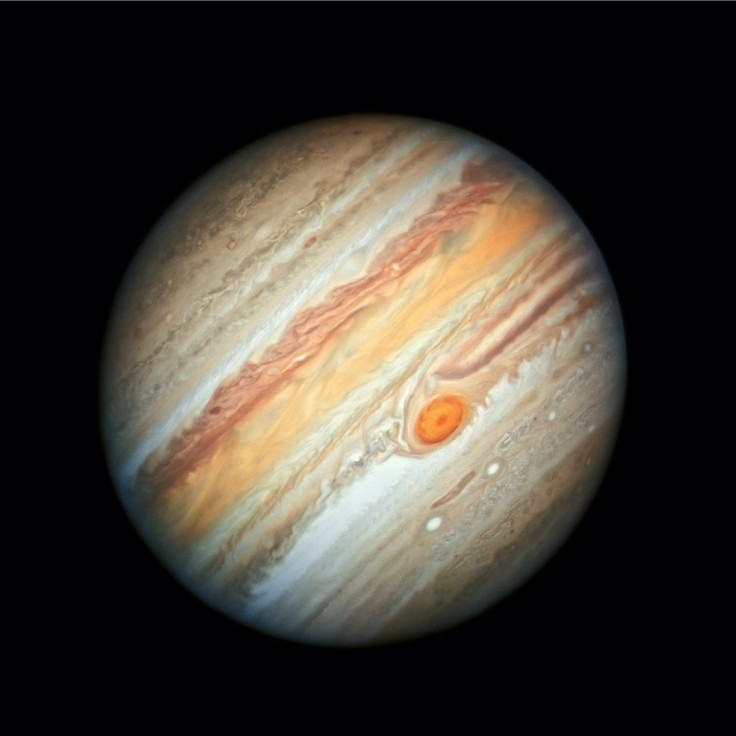NASA Photo Shows Alien Structures On Surface Of Jupiter Moon

It seems that proof of life other than our own in the universe has been hiding in plain sight. This was according to an observant UFO enthusiast who claims to have made an astounding discovery only last Nov. 16.
Scott C. Waring was perusing the National Aeronautics and Space Administration’s (NASA) image library of the Galileo mission to Jupiter when he stumbled upon two suspicious-looking structures from the mission’s photos of Io, one of the gas giant’s many moons.
Waring described the two structures as "megastructures." One was a “giant, bowl-shaped structure” that was around 50 kilometers in diameter. Based on the photo, the other structure was much larger, which the UFOlogist described as “large structure built into the ground." This one was over 100 kilometers in size.
To put it in perspective, the smaller of the two structures is two-fifths as long as Interstate 405 in California, while the bigger structure is almost as long as the same interstate. The two structures are complex and massive, leading Waring to conclude that only an ancient intelligent species would be capable of building something that big.
The photoset sent back by the Galileo mission was taken by the orbiter back on Nov. 6, 1996, and was released by NASA for public use on Dec. 18, 1997. The selection was a mosaic of more than half of Io’s surface and was originally designed to serve as a topographical map of the moon’s surface.
Waring pinpointed the two structures in different locations on the mosaic produced by NASA, one of which was in the southern hemisphere of Io, while the other was in the northern hemisphere of the moon.
If Waring’s discovery is confirmed or even flagged as possible, this would be one of the first pieces of solid evidence pointing towards the existence of alien life within our own solar system.
This would also mean that proof of said alien life had been hiding under our noses for over a decade, the infamous alien theorist claimed. More info on the Galileo mission are available online while the original photoset is still in NASA’s photojournal.





















